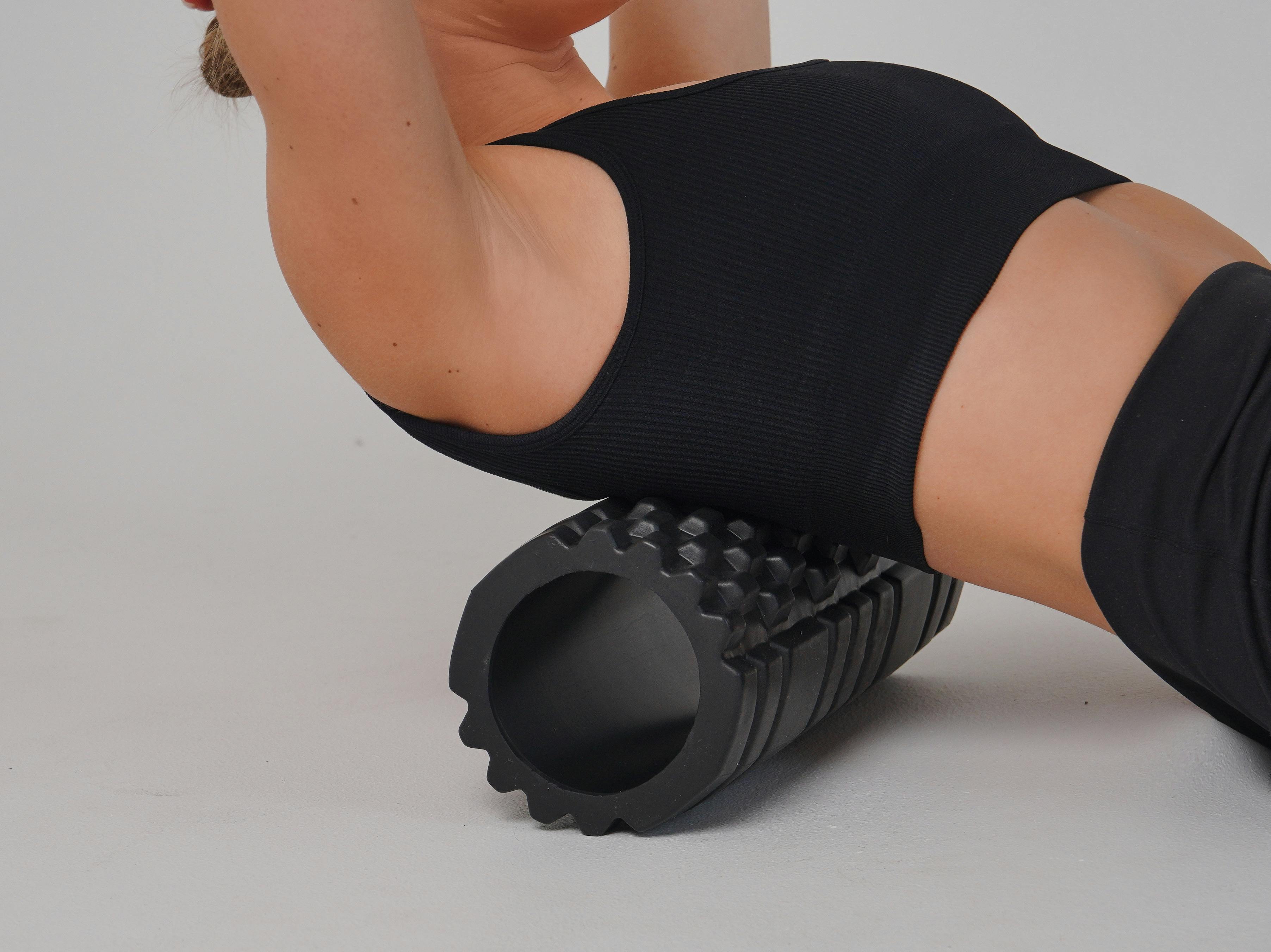
Why Recovery Days Are Just as Important as Workouts
When it comes to fitness, pushing your limits during workouts is crucial, but so is giving your body the time it needs to recover. Recovery days are often overlooked, yet they play a vital role in achieving your fitness goals, preventing injuries, and maintaining overall well-being. In this guide, we’ll explore why recovery days are just as important as workouts, the science behind muscle recovery, and tips for making the most of your rest days.
What Happens During Recovery?
When you work out, your muscles experience tiny tears, especially during strength training and high-impact activities. Recovery allows these tears to heal and rebuild, which leads to muscle growth and increased strength. Key processes during recovery include:
-
Muscle Repair: Healing of microscopic tears in muscle fibers.
-
Glycogen Replenishment: Restoring energy stores used during exercise.
-
Injury Prevention: Giving joints, tendons, and ligaments a chance to recover.
-
Mental Rejuvenation: Reducing stress and avoiding burnout.
The Benefits of Recovery Days
1. Prevents Overtraining
-
Pushing your body without rest can lead to fatigue, reduced performance, and increased risk of injury.
2. Enhances Performance
-
Proper recovery improves strength, endurance, and overall performance during future workouts.
3. Supports Muscle Growth
-
Rest is when your muscles grow stronger as they repair and adapt to the stress of exercise.
4. Boosts Mental Health
-
Taking a break helps reduce stress, improve focus, and keep you motivated.
Types of Recovery
1. Active Recovery
-
Involves low-intensity activities like walking, yoga, or gentle stretching to improve circulation and reduce stiffness.
2. Passive Recovery
-
Focuses on complete rest, allowing your body to fully recuperate without physical exertion.
3. Sleep
-
Sleep is essential for recovery, as it’s when your body produces growth hormones that aid in repair and regeneration.
Tips for an Effective Recovery Day
-
Stay Hydrated
-
Water supports muscle repair and helps flush out toxins. Aim to drink consistently throughout the day.
-
-
Fuel Your Body
-
Eat a balanced diet rich in protein, healthy fats, and carbohydrates to aid muscle recovery and energy replenishment.
-
-
Stretch and Foam Roll
-
Gentle stretching and foam rolling can alleviate muscle tightness and enhance flexibility.
-
-
Listen to Your Body
-
Pay attention to signs of fatigue or soreness and adjust your recovery routine accordingly.
-
-
Incorporate Mindfulness
-
Activities like meditation or deep breathing can reduce stress and enhance mental recovery.
-
FAQs About Recovery Days
1. How many recovery days should I take each week?
-
It depends on your fitness level and workout intensity, but 1-2 rest days per week is generally recommended.
2. Can I still be active on recovery days?
-
Yes! Active recovery, such as light yoga or walking, keeps your body moving without overexertion.
3. What happens if I skip recovery days?
-
Skipping rest can lead to overtraining, increased risk of injury, and reduced workout performance over time.
Recovery days aren’t just a break from exercise—they’re an essential part of any fitness routine. By prioritizing rest and incorporating effective recovery practices, you’ll enhance your performance, prevent injuries, and maintain a healthy balance in your workout regimen. Ready to make the most of your recovery days? Explore Luxelethics’ premium activewear designed for both high-performance workouts and ultimate relaxation.
















